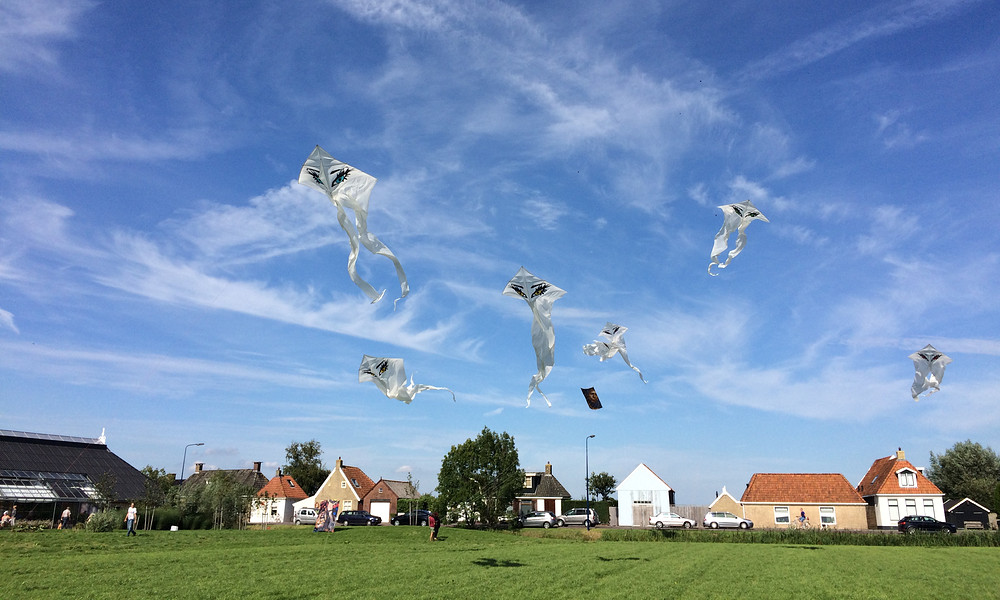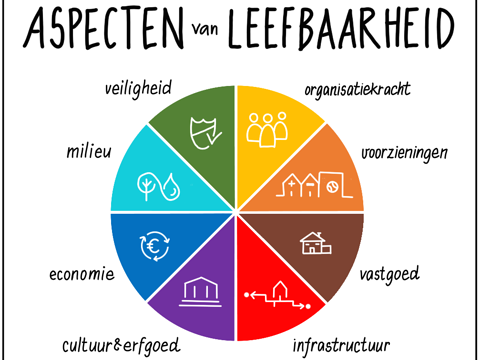
The living environment is the space in which people engage in activities such as living, working, social interaction and receiving care. The quality of the relationship between people and their environment is expressed in the liveability of that environment. Through applied research, the Research Centre for Built Environment NoorderRuimte focuses on various aspects of liveability. In doing so, we contribute to a liveable society in the Northern Netherlands.
How we define and experience this quality depends on many different factors — not only because we often have highly individual preferences, but also because many different elements influence this quality.
To gain more knowledge about the relationship between people and their living environment in the Northern Netherlands, the Research Centre for Built Environment NoorderRuimte focuses on various aspects of liveability, as shown in the figure alongside.

Developments influencing liveability in the Northern Netherlands include:
-
Earthquakes (heritage and safety)
-
The presence or absence of reliable internet or public transport (infrastructure and facilities)
-
Population decline, which can lead to reduced organisational capacity, lower levels of facilities and vacant real estate (organisational capacity, facilities and real estate)
-
The outmigration of young people and an ageing population (economy and organisational capacity)
-
Energy production through wind turbines, solar parks, and similar sources (environment)
In our research into these aspects and their interconnections, our main focus remains their influence on our living environment and on the quality of the relationship we, as residents, have with it.
Feedback component
How satisfied are you with the information on this page?